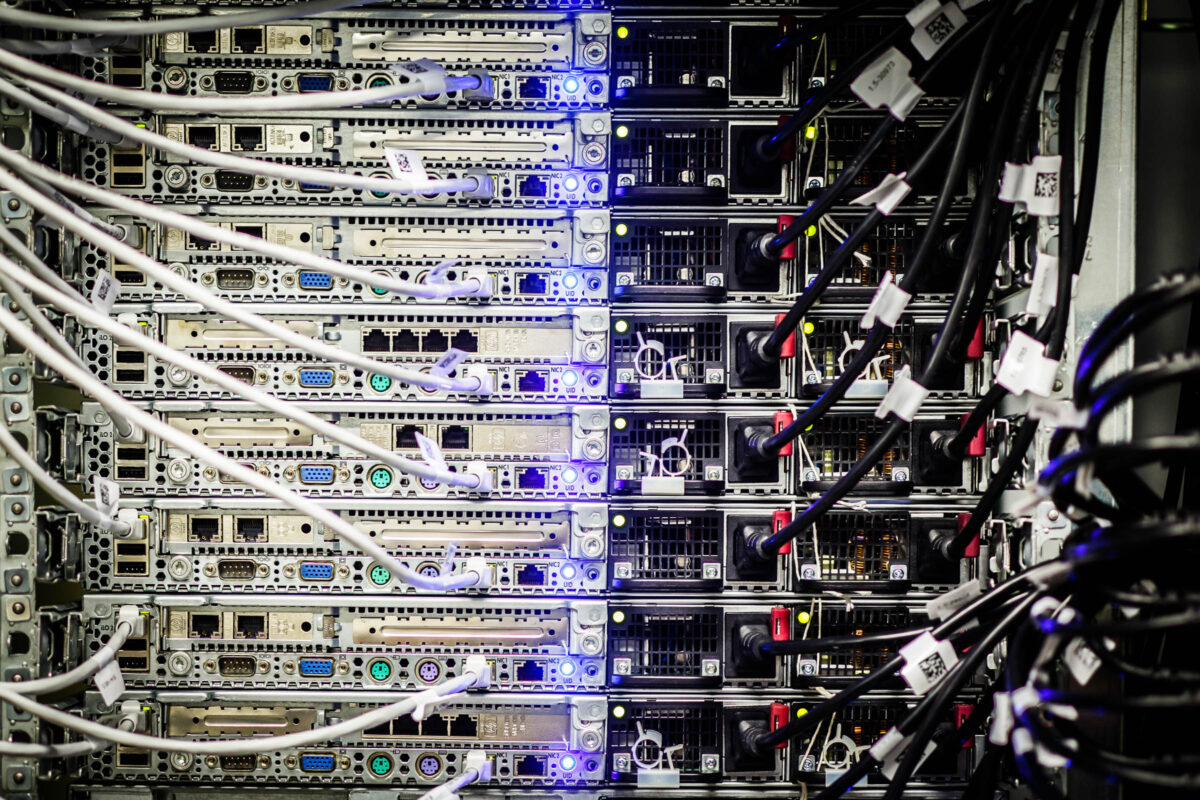Data centers are at the center of today’s IT infrastructure. It allows us to do online shopping, send an email, and watch online videos. Speaking of the latter: I’m sure most of you know the music hit “Despacito” – some of you may have watched the music video on YouTube. This music video is so popular that it hit five billion views on Youtube in April 2018. Impressive right? A less celebrated milestone, however: It burned as much energy as 40,000 U.S. homes use in a year.
How are the two tied together?
A Google search for “Despacito” activates serves in six to eight data centers around the world. These data centers do not run on air: They consume enormous amounts of energy resources. And while people keep shouting to stop flying, or to consume less meat, nothing is said about how our collective Internet use might be having the worst impact of them all. Demand for data centers has exploded over the past decade, and it is forecasted that this number will keep rising exponentially, especially as the number of IoT devices will rise.
Now, we all know that there is a growing awareness to reduce carbon emissions, and some countries are taking steps to replace traditional power sources with more sustainable ones. However, in China, for instance, 3/4th of the power generation is still based on coal plants. The emissions of their data centers equivalates to about 21 million cars. ICT is expected to grow to 8% of the total electricity demand by 2030. Interestingly, this number keeps getting adjusted every year. In 2018, it was expected to rise to 21%. This is due to improvements in energy efficiency.
As data centers are not government owned, another question arises; Who exactly is responsible for addressing this problem? Companies like Google and Apple are supplying their global operations (including their data centers) from renewable energy sources. Microsoft, Amazon and Alibaba are aiming to achieve this within the next decade. In the Netherlands, Google has acquired a wind farm which is responsible not only for supplying their data center in Eemshaven, but also giving renewable energy back at the same time. Is this really a long-term solution, however? Cutting back our data consumption might be the ultimate way to prevent energy use going into hyperdrive. But nobody will agree to limiting their Netflix use, or uploading one photo less on their Instagram, especially with a worldwide pandemic that chains us all to our living rooms.
Elegant, N. X. (2019, September 18). The Internet Cloud Has a Dirty Secret. Fortune. https://fortune.com/2019/09/18/internet-cloud-server-data-center-energy-consumption-renewable-coal/
Jones, N. (2018). How to stop data centres from gobbling up the world’s electricity. Nature, 561(7722), 163–166. https://doi.org/10.1038/d41586-018-06610-y
Knight, W. (2020, 02). Data Centers Aren’t Devouring the Planet’s Electricity—Yet. Wired. https://www.wired.com/story/data-centers-not-devouring-planet-electricity-yet/
Masanet, E., & Lei, N. (2020, March 17). How Much Energy Do Data Centers Really Use? Energy Innovation: Policy and Technology. https://energyinnovation.org/2020/03/17/how-much-energy-do-data-centers-really-use/

